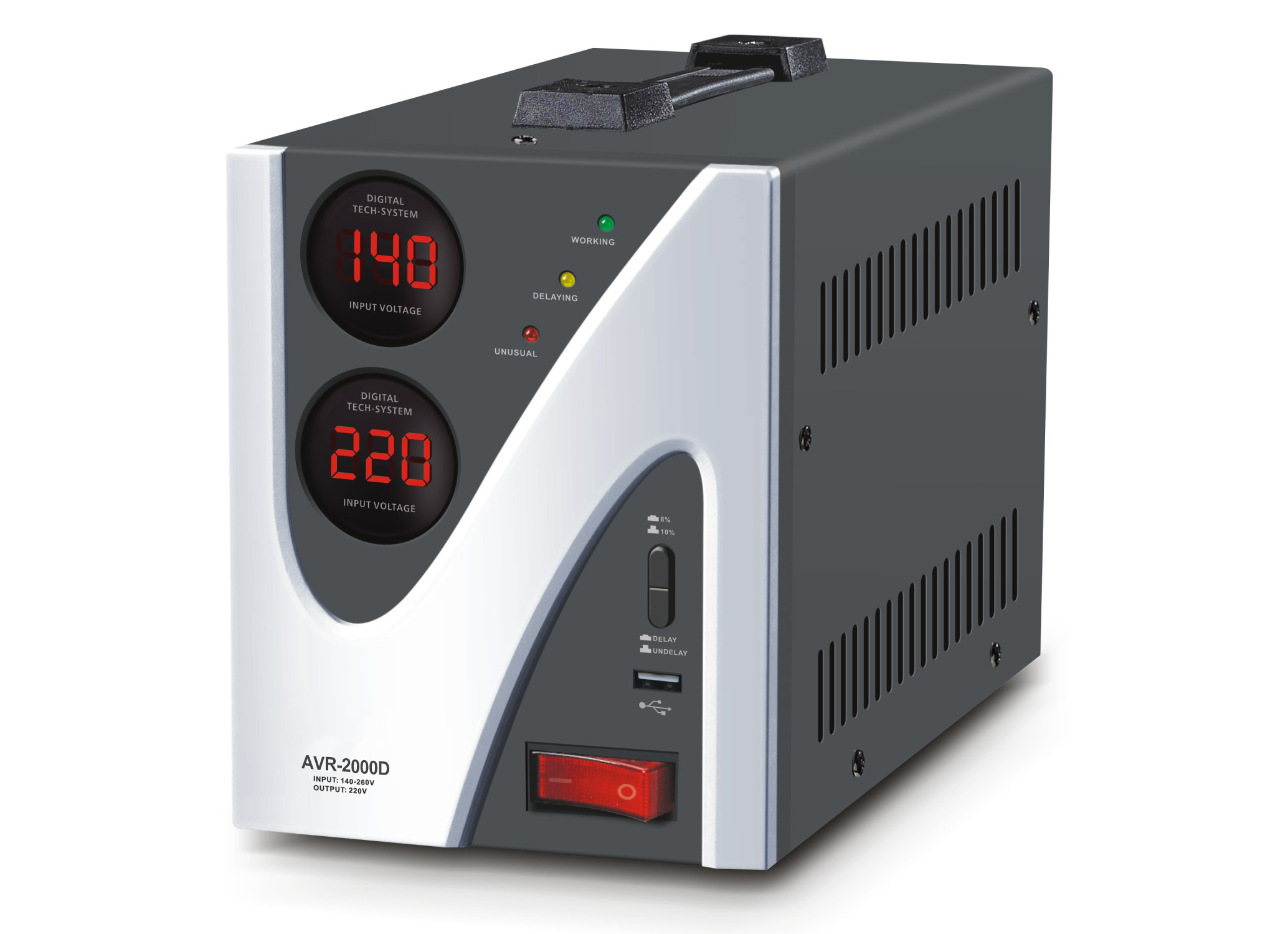The backup regulator is designed to effectively transfer power between the capacitor and the power rail to achieve the minimum and maximum supercapacitor voltage, minimum system voltage, and maximum charge and discharge current. When the main battery is present and above the minimum system supply voltage, the regulator charges the supercapacitor at a rate of up to 500mA.
Once the supercapacitor is charged, the circuit consumes only 2.5 μA of current while keeping the supercapacitor in a ready state. When the main battery is removed, the regulator prevents the system from falling below the minimum operating voltage, releasing the supercapacitor at a rate as high as 2.5 A.
There are currently two driving methods for non-contact voltage regulators with SCR modules. One is to use a relay to drive the module to conduct, and the other is to use an electronic triode to drive the module to conduct. There is not much difference between these two methods in function and use, but in the production process, the relay drive is much simpler and more convenient than the electronic drive of the electronic triode.
The non-contact voltage stabilizer has a fast response speed. It is an indisputable fact that it can generally reach 40-20ms, and is suitable for precision instruments or places with stricter voltage requirements.
The non-contact voltage stabilizer is an electronic voltage stabilizer. There are no contacts and wear parts inside, and it is suitable for places where no one is standing.
The non-contact voltage stabilizer is small in size, light in weight, no noise during use, and is suitable for offices, upstairs, and laboratories.
The non-contact voltage stabilizer is composed of multiple thyristors. The thyristor will generate a certain amount of harmonics during the switching process when the mains voltage is frequently switched. Please be careful if you have strict requirements on the waveform selected.

The non-contact voltage stabilizer has a poor instantaneous load capacity, especially when used in large-capacity inductive and capacitive loads, the capacity must be enlarged several times.
Since the generator has no power reserve, any load change in the circuit, regardless of the magnitude of the change or the length of time, must be borne by the generator. The lag of the generator's power supply response will lead to voltage fluctuations, poor ignition, insufficient fuel injection, and other conditions, which will make the vehicle's power and control performance worse, and the power regulator acts as a capacitor.